Merry Christmas & Happy New Year!
Christmas Deliveries: If you placed an order on or before midday on Friday 19th December for Christmas delivery it was despatched before the Royal Mail or Parcel Force deadline and therefore should be received in time for Christmas. Orders placed after midday on Friday 19th December will be delivered in the New Year.
Please Note: Our offices and factory are now closed until Monday 5th January when we will be pleased to deal with any queries that have arisen during the holiday period.
During the holiday our Gift Cards may still be ordered for any last minute orders and will be sent automatically by email direct to your recipient - see here: Gift Cards
Luton, Wesleyan Chapel 1897
Photo ref:
39723


More about this scene
Religion had been the mainstay of lives high and low for centuries, but the industrial revolution was raising questions and creating pressures and hardships that were disturbing a long-settled order. Above all, the revolution was about new technology, and working practices were changing fast. For centuries, the church had preached that God approved the hierarchy of 'the rich man in his castle, the poor man at his gate', but that teaching, too, would change. When Lord Bute left the Hoo, the living was sold to various patrons, who appointed a series of vicars. These included Dr Thomas Peile, who surrendered much of his income to allow new churches to be built: East Hyde in 1859, Stopsley in 1860, and Christ Church in 1860. James O' Neill bought the living for himself when St Mary's had become run down; he remained there for 35 years. St Mary's had been the centrepiece of the old order, but could it remain so? At least its chequerboard walls benefited from a restoration in the 19th century. As the town continued to grow, more new churches were opened: the church at Biscot in 1866, St Matthew's in 1875, and St Paul's in 1892.
Add to Album
You must be signed in to save to an album
Sign inShare This Photo
Buy a Print
Unframed, Mounted, Framed and Canvas prints in a range of sizes and styles.
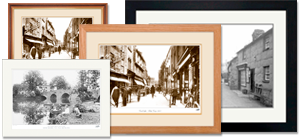
View Sizes & Prices
A Selection of Memories from Luton
For many years now, we've been inviting visitors to our website to add their own memories to share their experiences of life as it was, prompted by the photographs in our archive. Here are some from Luton
Sparked a Memory for you?
If this has sparked a memory, why not share it here?

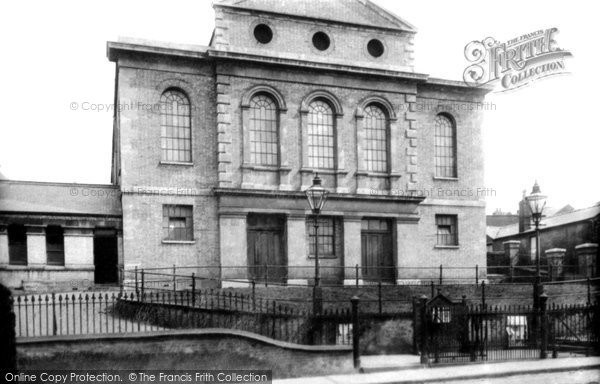
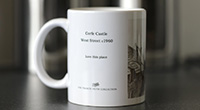
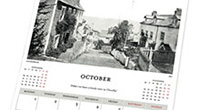
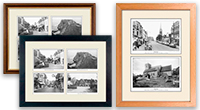
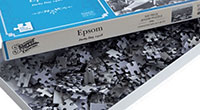
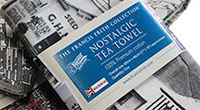
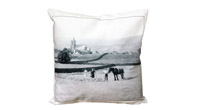
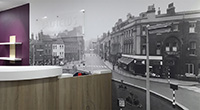

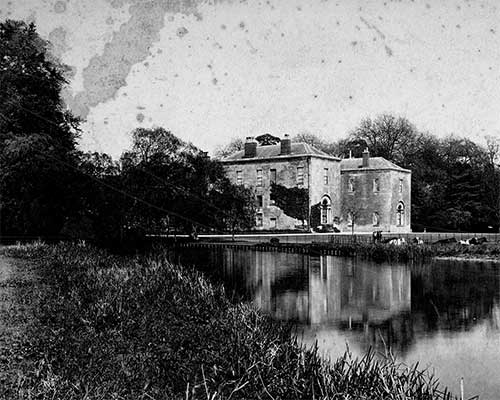 Before
Before
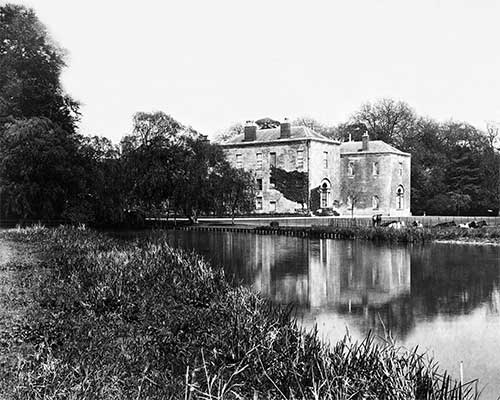 After
After